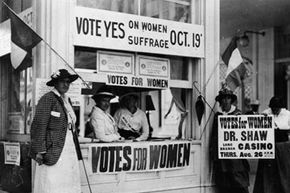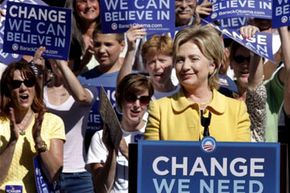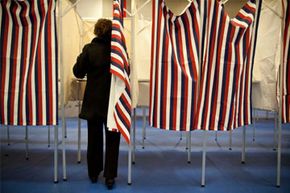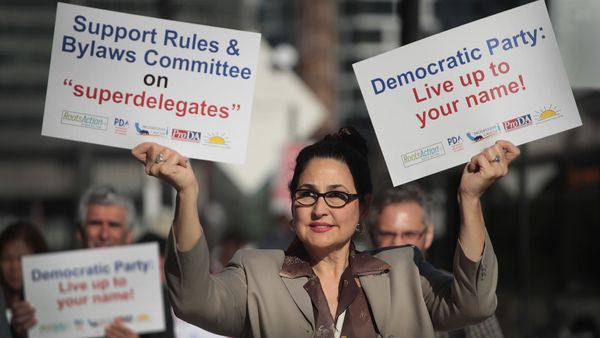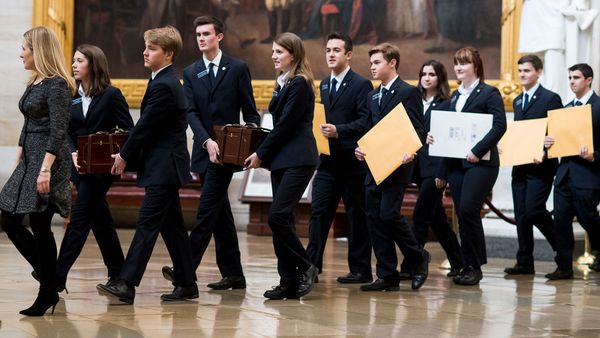A hallmark of the American political process is the secret ballot system, widely adopted for the first time in 1892 when Grover Cleveland was voted into office for the second -- but not consecutive -- time [source: Encyclopedia Britannica]. Four years earlier, Cleveland, a Democrat, had been on the losing end of widespread voting fraud orchestrated by Republicans, which had overtaken many state and local elections and nudged his rival, Benjamin Harrison, into the White House [source: Ackerman]. At that time, the rationale for people checking "yes" or "no" for a particular politico may very well have boiled down to whoever gave them the highest buck for their ballot.
Although state-level voting laws and their secret ballot systems have effectively eliminated quick paydays as a motivation for voting, political scientists, pollsters and pundits continually puzzle over how adults to decide to cast their civically sacred ballots. Certainly, in the United States, whether voters are Republican or Democrat is an easy way to predict candidate affiliations. Personal stances on electoral issues, such as government-funded healthcare and abortion access, and candidate likeability and basic appeal are other, often-cited influential factors [source: Wolfe]. And then, in 1980, another seemingly decisive factor emerged in presidential exit polling data: gender.
Advertisement
Six decades before Ronald Reagan switched residences from Hollywood to 1600 Pennsylvania Avenue, the 19th Amendment was ratified, granting American women the right to vote in 1920. From the get-go, newly empowered, socially active women supported "maternalist" ballot initiatives undergirded by a Progressive Era ethos of reform; provisions for the poor, elderly and children consistently ranked at the top of their government priorities -- and still do for many women [source: Manza and Brooks]. Indeed, some men at the time feared that the new and sizeable voting bloc would upend the political status quo and force the government to take a more hands-on approach with its people. But it wasn't until women entered the workforce en masse in the 1970s, prior to Reagan's run for office, that this statistical majority of the American electorate really began flexing its muscles more noticeably at polling stations.
